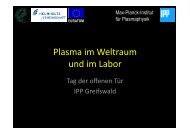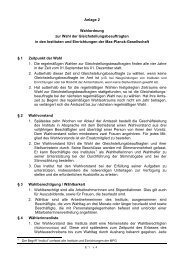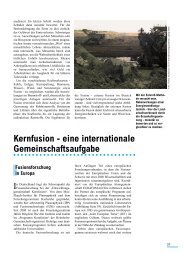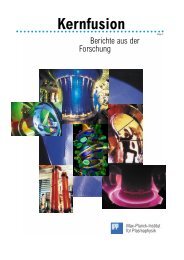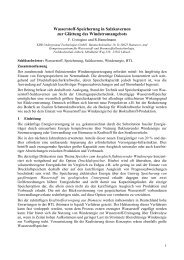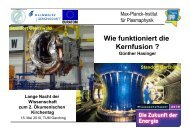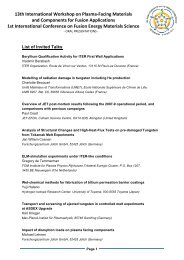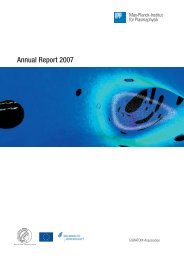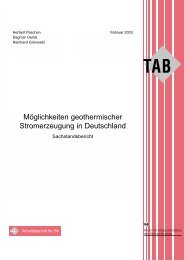Wendelstein 7-X and fusion - Max-Planck-Institut für Plasmaphysik
Wendelstein 7-X and fusion - Max-Planck-Institut für Plasmaphysik
Wendelstein 7-X and fusion - Max-Planck-Institut für Plasmaphysik
Create successful ePaper yourself
Turn your PDF publications into a flip-book with our unique Google optimized e-Paper software.
Plansee SE, Reutte, Austria<br />
The high load <strong>Wendelstein</strong> 7-X wall<br />
„10,000 hotplates on one square metre”<br />
Heating <strong>fusion</strong> plasmas to temperatures of roughly 100 million degrees Celsius requires<br />
very high power outputs in the range of 10 million watts. Although the heated plasma<br />
inside the vessel will be confined by the magnetic field, contact between the plasma<br />
boundary <strong>and</strong> the wall segments cannot be avoided. The temperature of the plasma<br />
decreases dramatically from its centre to its outer boundary where it is “only” about<br />
100,000 degrees Celsius. To protect the wall of the plasma vessel from damage, the<br />
huge heat flow from the plasma has to be conducted through the wall. The sections of<br />
the wall will be protected by water cooled wall elements made of carbon or metal. The<br />
high-performance heat exchangers are known as ”divertors”. Using the <strong>Wendelstein</strong> 7-X<br />
experiment the suitability of stellarators for continuous operation will be tested.<br />
High-performance, water-cooled wall elements<br />
11




